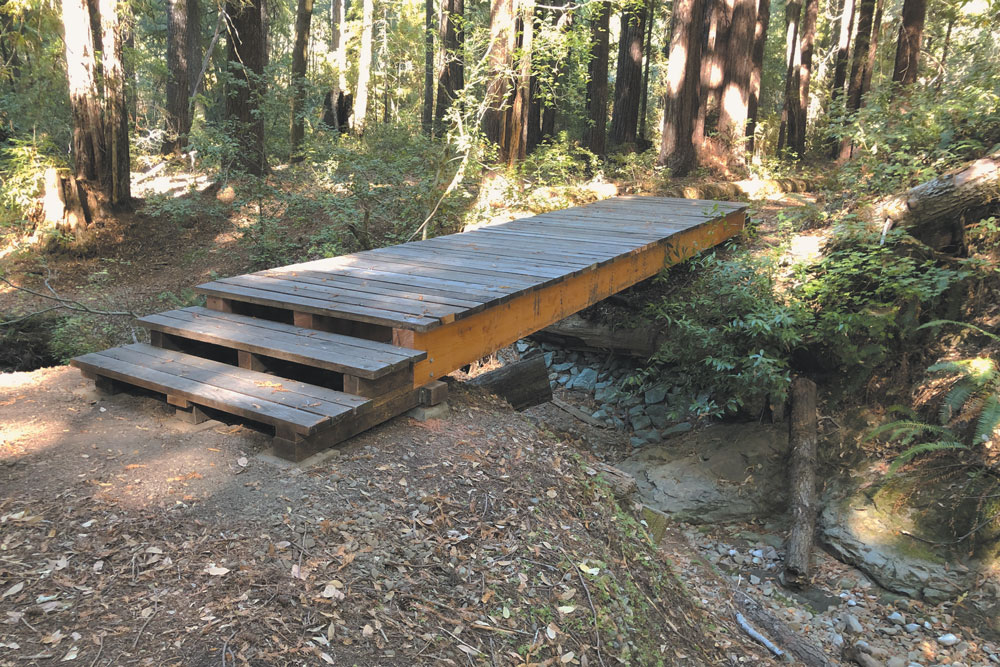Project Reports: Cereus Fund
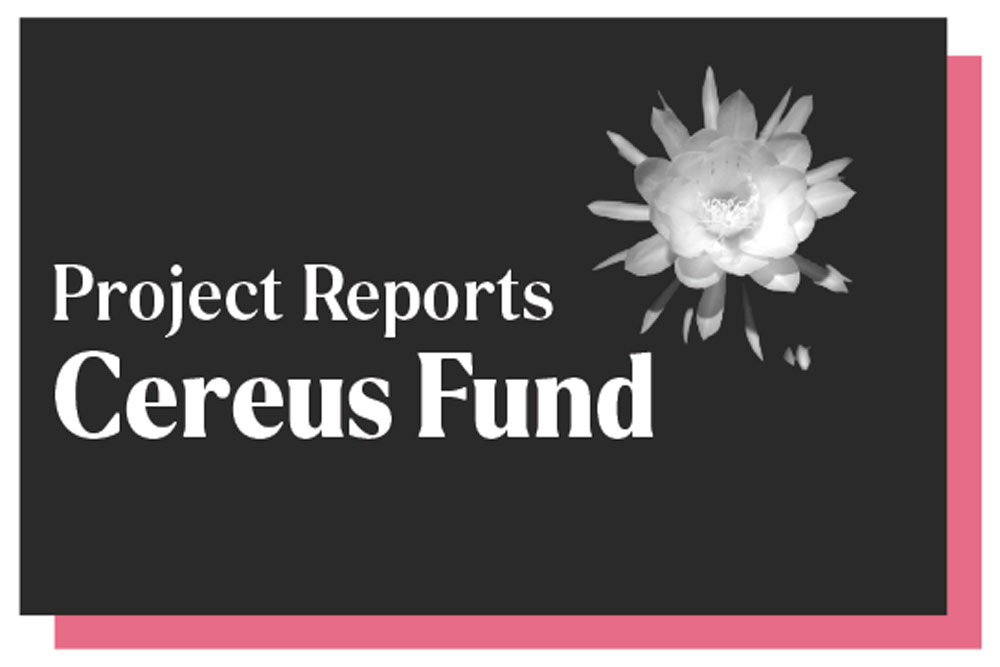
For over 23 years, with direct input from our Cereus Funder, Trees Foundation was able to grant nearly a million dollars to our Partner Groups. With the recent passing of our generous benefactor, our fundraising efforts are increasing in our hope to continue offering these kinds of grant opportunities. The following reports are from some of our partner organizations that received Cereus funding from Trees Foundation in 2023.
Eel River Recovery Project
Cereus Grant Funds Well Spent for Round Valley Elder and Youth Gathering, with Old-Growth Redwood Log Celebration
The Eel River Recovery Project (ERRP) was pleased to be awarded a Cereus Grant from Trees Foundation to help host a gathering of Native American elders and youth in early October 2023. ERRP is actively involved with the Native WAY (Walking Amongst Youth) program on youth education through working with Program Directors Michelle Merrifield and Mudcat Hoaglin in Covelo. They invited our support for the arrival of an old-growth redwood log donated by Humboldt Redwoods State Park to be carved into a traditional dugout canoe. The event was held at Hidden Oaks Park on Round Valley Tribal land in northern Mendocino County. This grant allowed ERRP to acquire 100 pounds of sockeye salmon and more nutritious and delicious food for the redwood log delivery gathering.
ERRP Managing Director Pat Higgins came down with COVID two days prior to the event but masked up to deliver the food to the Native WAY office the day before while maintaining a safe distance. ERRP Outreach Coordinator Lourance Hall joined Michelle Merrifield as a co-captain of the cooking team, and attendees brought potluck dishes. More than 100 people enjoyed the event on a sunny, warm afternoon under the oaks, with youth and elders well represented. The old-growth redwood log arrived, and the crowd was there to celebrate.
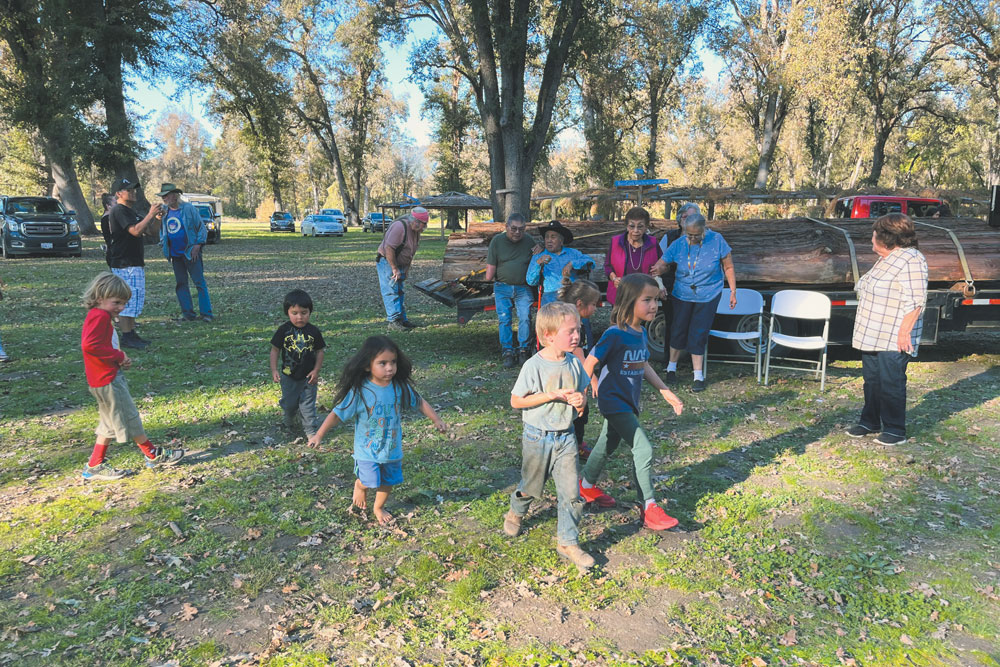
Friends of Elk River
A Map of Where We Live
In his essay “Watersheds as Unclaimed Territories,” local writer Freeman House recalled how in the 1980s residents of the Mattole Valley surveyed their watershed and published the results in maps that showed for the first time the damage done by unregulated logging. That mapping helped set the agenda for the ensuing years of restoration. It also gave residents a picture of where they lived.
Elk River watershed has benefitted from great technical advances in mapping and statistics since the nearby Mattole residents’ early efforts, but it must cope with two great disadvantages: its upper reaches are almost entirely in corporate ownership, and its well-being is managed by agencies that have assented to years of degradation and deforestation that this winter led to record levels of flooding and damage.
Response to this history is hampered by the fact that the valley has lost all its community institutions, and today a majority of its working people think of themselves as residents of suburban Eureka. For the past several years Friends of Elk River, under the umbrella of Trees Foundation and with generous local grant providers, has worked to amend this loss with events focusing on local history and the memories of long-term residents.
As part of this work, with the generousity of Trees Foundation’s Cereus Grant, We also sponsored our effort to create a map of Elk River that is a picture of the watershed and its condition, to provide a point of reference for its struggling restoration program.
After many meetings and consultations with Trees’ GIS Specialist Cullen Cramer, we produced a draft of a 40 x 30-inch wall map that gives residents a picture of where we live. As usual with such projects, we’ve had to make difficult choices about how to achieve that goal. We realized that including too many features—such as historical sites, old trails, minor roads, gulches, tributaries, and neighborhoods—would inhibit the chief purpose of creating a visually striking image, something that might find a place on our walls and in our sense of who and where we are.
So we have added to our mission many tasks that have barely begun, including a series of electronic images, available online, that will provide those resources, including images like those that galvanized the Mattole Valley of thousands of acres of approved timber harvest plans. More heartening, we have taken on another long-term process—including traditional Wiyot names in order to acknowledge not only that Hikshari’ is their unceded traditional territory, but some ancient ideas of naming and land tenure.
As the Mattole residents long ago realized, even when completed this map is but one task in the work of generations.
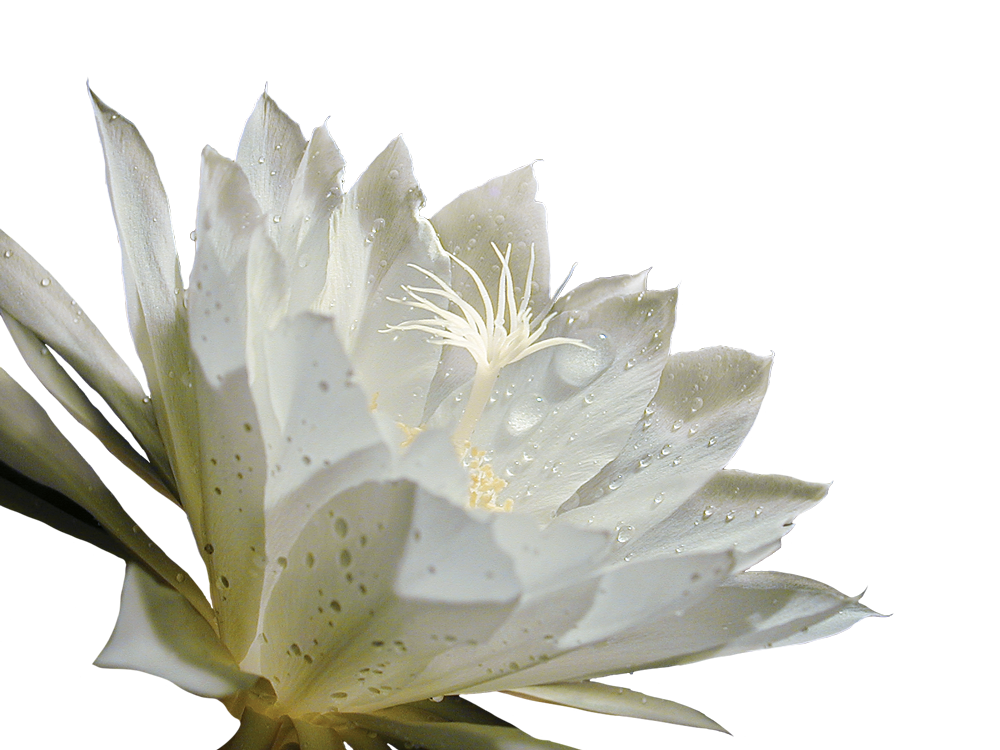
Friends of the Lost Coast
Evergrowing Online Community
One of the ways Friends of the Lost Coast (FOLC) shares our mission of inspiring passion for nature is through our Social Media Program. Thanks to Trees Foundation’s Cereus grant, in 2023, we were able to further this passion and inspire an evergrowing online community through investments in social media and the staff it takes to do this work.
The year 2023 saw solid growth and increased engagement across our social media accounts. We continued to diversify our Facebook posting topics to broaden our audience appeal and share interesting information about a wide array of Lost Coast-related subjects. We experimented with bilingual posting in an effort to increase Spanish language outreach; and we used social media to support the work of partner agencies/organizations as well as to promote our own programs, events, and fundraising efforts.
New and noteworthy things we did via social media in the last year include utilizing TikTok as a video tool to bring our varied events and educational curriculum to life. One such educational video, featuring a salt molecule lesson, recently eclipsed 5.5K views! We also participated in national public action campaigns, encouraging public support to prioritize conservation through BLM’s Public Lands Rule and advocacy for BLM’s Northwest CA Integrated Resource Management Plan, plus joined forces with the Conservation Lands Foundation on their Respect–Connect–Protect campaign, a fun, youth-oriented outreach effort about responsible public lands visitation. Our bilingual efforts furthered awareness in the Spanish-speaking community about our first-ever Natural Science Day event, held in Garberville in September, along with other educational programs offered to school-aged youth—outreach we plan to expand considerably in the year ahead. We also experimented with boosting important Facebook posts, which not only helped increase their reach but also netted new followers.
With the help of the Cereus grant, we surpassed our social media growth targets for the year, nearly doubling our goal for Facebook and now enjoying nearly 2.8K followers, with a cumulative reach of over 53K. We also grew our Instagram followers by approximately 20%, with a cumulative reach exceeding 8K. Interestingly, some of our most popular and far-reaching posts cover the gambit of what Friends of the Lost Coast offers, including our lighthouse lecture series, Trailhead Host events in Shelter Cove, the Summer Adventure Camp program, two of our summertime geology hikes, a community awareness post about local marine mammal mortality, the Wild & Scenic Film Festival, one of our Trail Stewards workdays, and our year-end fundraising campaign. And while we featured so much more than this on our social media accounts throughout the year, what these stats teach us is useful in informing how we can maximize online engagement going forward.
Thanks again to the Trees Foundation’s Cereus Grant for their long-running support. We at Friends of the Lost Coast are grateful for the enormous role Trees Foundation has played in our organization’s growth and our ability to promote passion for nature and the Lost Coast region in the online space.
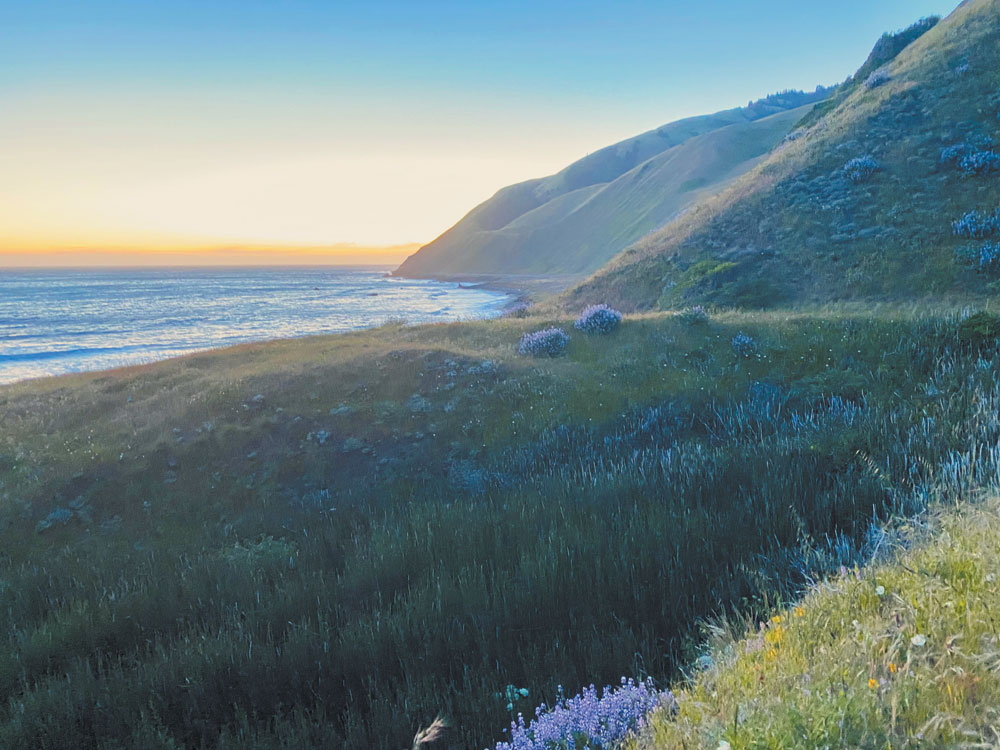
Humboldt Permaculture Guild
Cereus Grant Used for Education
The Humboldt Permaculture Guild (HPG) was the grateful recipient of a $500 grant through the Trees Foundation’s Cereus Grant. Supporting our work to create resiliency in our communities, these funds enabled us to hire teachers and offer need-based scholarships for two of our summer workshops.
Our first workshop in 2023 was a two-day hands-on course in August on building an outdoor natural earthen oven. Low-cost earthen ovens can provide a community gathering place and a way to cook food without the need for electricity or gas. A diverse group of 13 participants came together on a beautiful property outside Blue Lake. We provided two of the attendees’ full participation fee with funds from the grant.
The second workshop HPG offered was on food preservation in September. A wonderful group of people came together at Blue Blossom Farm just outside Eureka. The 14 participants learned basic water bath canning techniques, pickling, dehydrating, and other methods used in food preservation. Each person took home two jars of canned food they prepared during the workshop. The grant allowed us to provide two full scholarships and to purchase some of the supplies.
The Humboldt Permaculture Guild would like to thank the Trees Foundation for their continued support of our mission to live gently on the land and build a healthy climate-resilient community.
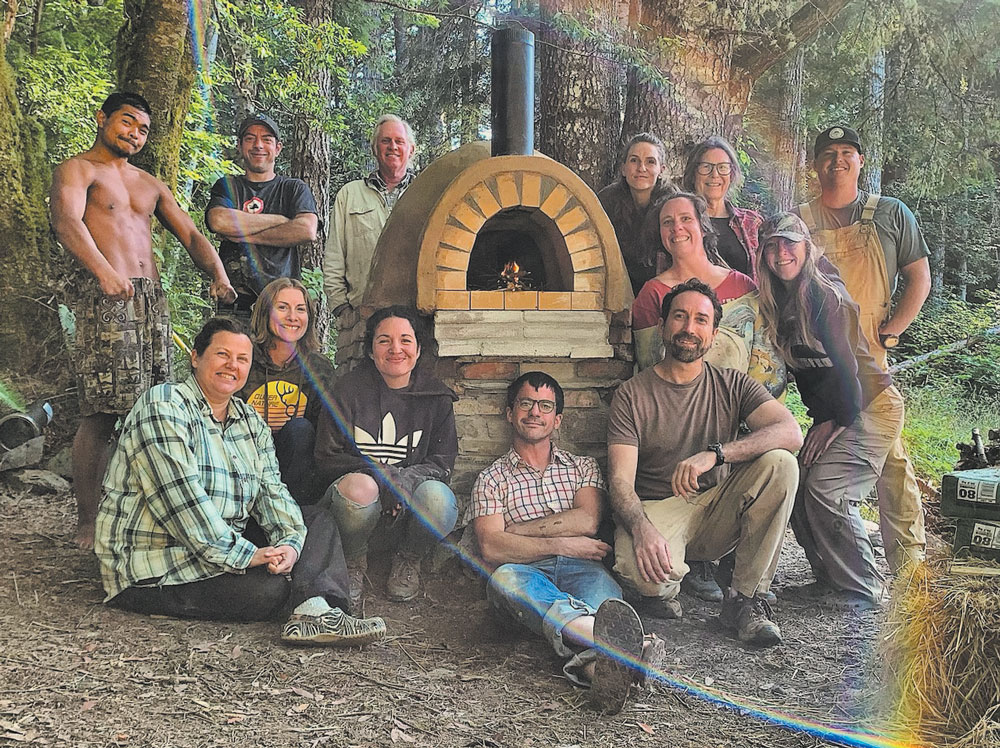
The Institute for Sustainable Forestry
Trail-Building, Signage, Native Plants, and More
The Institute for Sustainable Forestry (ISF) heartily thanks the Trees Foundation for the Cereus Grant support provided over the past two years. The money strengthened our ability to build a robust and sustainable community in our forest environment. Some examples of the work we are doing can be found at the Southern Humboldt Community Park, where we helped create hiking trails, contributed beautiful and locally made memorial redwood benches, worked to build a coalition of community members to provide educational signage (in Wailaki), established native plant gardens, initiated studies for cultural burns, engaged in oak woodland, gully, and meadow restoration, and other projects.
In addition, we have a program to encourage a new cottage industry of growing native elderberries by providing plants for local farms. We have also provided native plants for beautification and landscaping for some of our local community facilities.
We designed a community-use platform for recording, editing, and broadcasting radio stories and lectures from the many interesting people in our community who describe the underlying aspects of life in our forest community. We cover a wide array of topics such as river algae, local geology, migratory animals, mycorrhizae, native knowledge, cultural burns, oak woodlands, fire departments, HSU fire lab, natural burial, gyppo logging, and much more. These half-hour talks are all archived and available for easy listening on our website www.insituteforsustainableforestry.com. If you or someone you know has interesting local knowledge to share, please let us know. We, or better yet, YOU! can interview them, and after editing, have your talk broadcast on KMUD. Many thanks to the Trees Foundation for helping move our community into a fun, beautiful, and sustainable future!
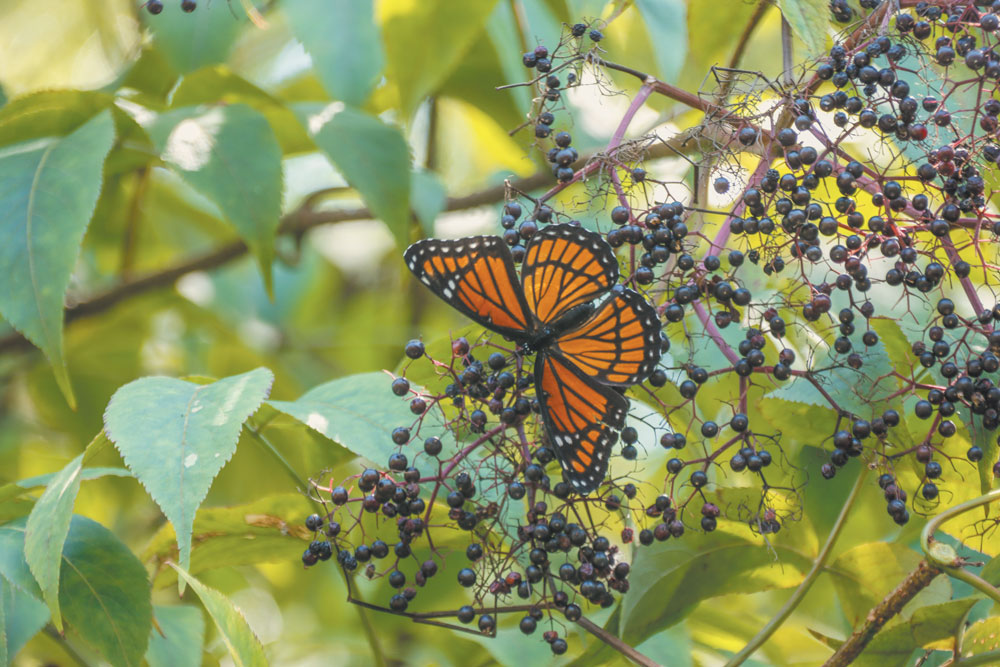
Salmon River Restoration Council
Restoring Community and Raising Stewards of the Land
A main tenet of the Salmon River Restoration Council (SRRC) since its inception has been empowering our river communities to be dedicated stewards of the places they live. Our Community Restoration Program is built around the belief that actively engaging our community, from youth to elders, in experiential learning and hands-on restoration of the landscape builds a stewardship ethic and sense of place that will sustain this watershed into the future. We strive to provide high-quality outreach materials and experiences, as well as inviting community members to share their own expertise.
In 2023, the SRRC completed its largest-ever fisheries habitat restoration project on the North Fork Salmon River. To engage the community in learning about our fisheries restoration projects, we held an Open House event during which we presented information, toured recent restoration sites, and listened to the community’s thoughts and concerns. After the project was complete, we invited local youth out to the site to help finish the riparian planting and learn about the project.
Last year, our Community Restoration Program held over 45 workdays and workshops that the community was invited to participate in, including road clean-ups, noxious weed-removal workdays (without the use of toxic chemicals), fisheries monitoring and restoration, and watershed education field trips with local youth, among other events. Additional highlights of 2023 included our annual Salmon River Spring Chinook Dive and hosting the Scott River Youth Environmental Summer Studies program for a week of fisheries and riparian restoration projects. Events such as these
help to increase knowledge and cooperation among diverse stakeholders, while getting community members out into the environment and actively participating in ecosystem conservation and restoration.
In 2023, we published “30 Years of Restoration: An Accomplishment Report.” It’s full of great articles about the history of our programs and what they’ve achieved over the years. You can read it on our website. We also reach our community and the greater public through our monthly e-newsletter, Salmon River Currents, tinyurl.com/SRCurrents.
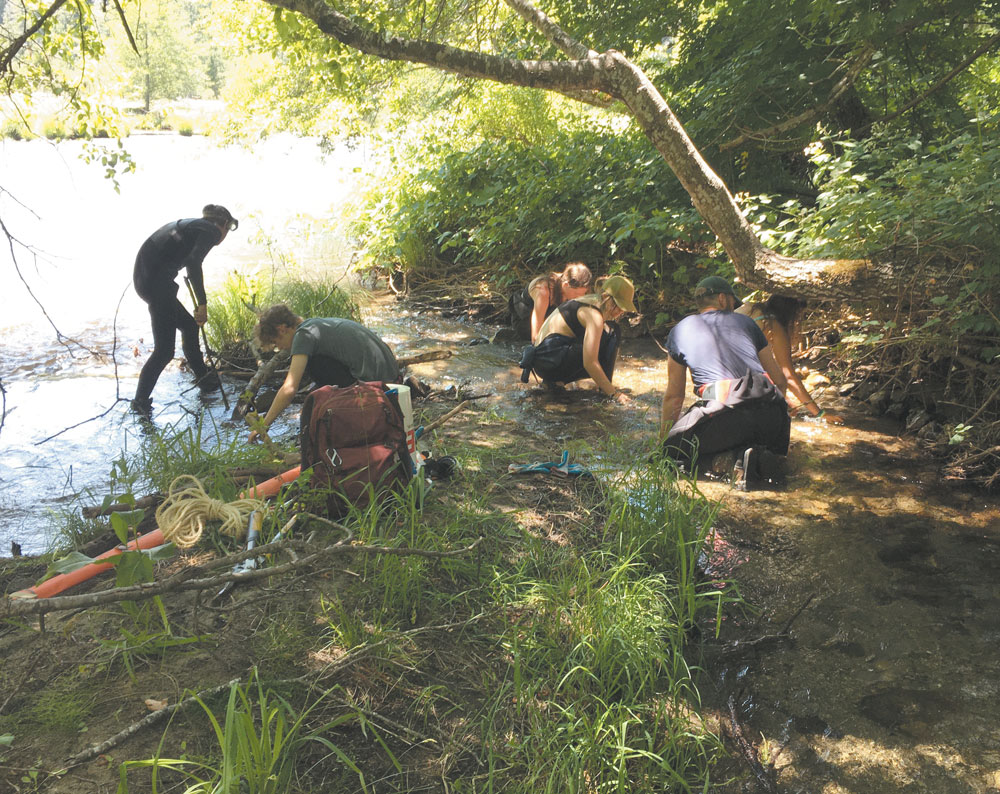
The Women’s Forest Sanctuary
Bridge Building
We are grateful to have received Cereus Funds to rebuild the footbridge at The Sacred Grove in 2023. In June of 2022, a tan oak fell in the grove, breaking the footbridge over Raven’s Creek. The collapse of the bridge exposed large logs and planks buried in the creek bed for a Humboldt crossing (a past technique of putting logs directly in and across a stream to serve as a bridge for logging operations, obstructing fish passage). Seeing remnants of these embedded logs connected us more deeply with the traumatic history of logging on this land.
We spent months fostering dialogue with organizational members and neighbors in Whitethorn to discern whether rebuilding the bridge was aligned with conservation of the land. Our shared concern for the welfare of the land and care for one another became the bridge spanning our differences.
Through our extended dialogue, we learned how much our neighbors value the grove and that they bring their friends and family to experience this forest sanctuary. When we listened to the grove, we heard that the land welcomes people to commune with the forest and asks that our actions respect the integrity of the land. Ultimately, we chose to rebuild the bridge to discourage erosion from the creation of new paths to cross the creek. We also wanted to support year-round ease of access to the entire span of the grove as part of our partnership with the land.
In our search for new beams for the bridge, we prioritized finding a durable material that would not leach contaminants into the stream water. Again redwood emerged as the optimal material. We were fortunate to find affordable, 26-ft-long redwood beams at Willits Redwood.
The extraordinary contributions of our neighbors were vital to the rebuilding of the bridge. Roy Baker and Cam Thompson transported the beams from Willits to Whitethorn, and along with Jim Talboy and John Taloff, they skillfully placed the beams and secured the planks to rebuild a robust bridge.
As a huge surprise to us, Roy and Jim brought 15 sturdy new stumps to the communal gathering area, replacing the old rotted seats. They also created benches and table tops in this area, making the space more welcoming for group gatherings and community building.
Rebuilding the bridge involved removing three weakened trees. While we were deeply saddened by the loss of these trees, their sacrifice makes the Humboldt crossing visible. Now the walk across the bridge reveals the grove’s vulnerable past as part of its preserved presence. We are thankful to all contributors to this forest’s living legacy.
